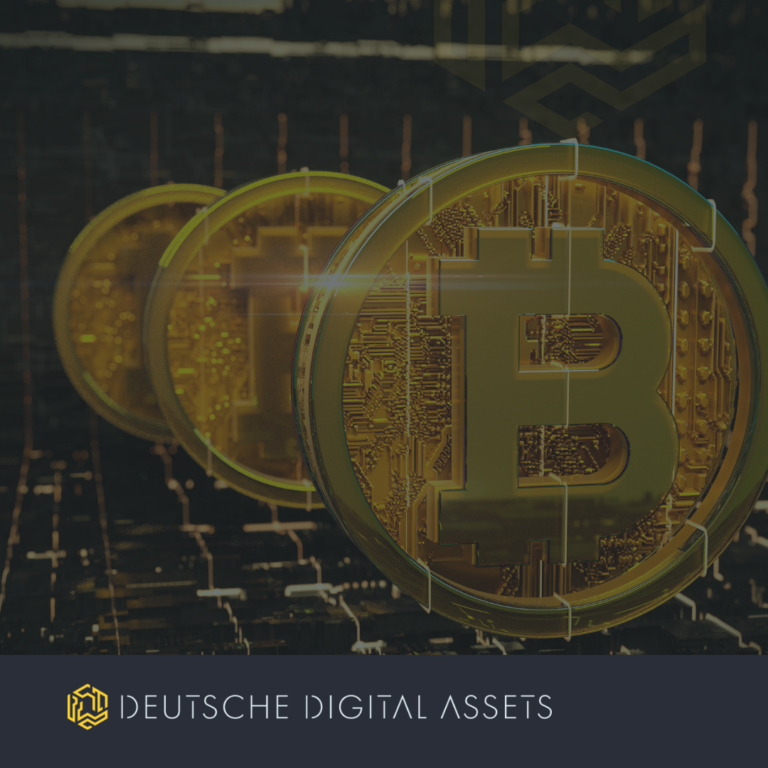By Eleanor Haas, an Iconiq Lab partner, advises crypto and life science innovators and Astia Angels and co-leads Keiretsu Forum New York
We live in a time of emerging transformation. Blockchain technology is enabling both a new kind of social infrastructure, as described in Part I of this blog — characterized by one-to-one economic trust, decentralized connections and incentivized collaboration — and an alternative financial system, the subject of Part 2, with a new economic model that establishes the rules and policies governing the behavior of this system, to be the subject of Part 3. Together, these innovations hold unprecedented potential to reshape society — we hope, for the better. It’s a time full of monumental unknowns but also great promise.
Cryptocurrencies. Cryptocurrencies, beginning with Bitcoin, are at the heart of the new financial system — digital assets with economic value that use blockchain technology to verify, record and track transactions. They are native to the technology, use cryptography for security and are intended for use as a means of exchange, store of value and/or fund-raising mechanism. They can also be used as a unit of accounting, a metric to price the value of other things. Anyone can create one, and as of today, CoinMarketCap lists 1,999, including XRP, Ethereum, EOS, Stellar, Litecoin, etc.
As a Means of Exchange. The financial value of cryptocurrencies, like that of government-backed money, is derived solely from supply and demand. Increasing numbers of companies are beginning to accept them as payment. Overstock, Expedia, Subway, PayPal, and Shopify were early adopters. One hundred companies were listed in this category as of September 4th by www.unblock.net.
Crypto money can do things fiat cannot, things that solve serious problems. It can add flexibility to sovereign money systems for special purposes, such as enabling seamless cross-border payments. It resolve cross-border payment issues such as card fees, fraud, slow bank wires and exchange rate losses. Above all, it represents a potentially safe haven for beleaguered citizens in times of hyperinflation, as in Venezuela today, one of the worst cases in history, where Venezuelans are beginning to use crypto currency as they learn about it from Bitcoin Venezuela, among others.
Cryptoassets as a Store of Value. As digital natives, cryptocurrencies have an advantage for investors over traditional assets in their liquidity and trading volume profile. They can move as quickly as the internet and therefore differ from other asset classes. In fact, they can be viewed as the silver bullet of diversification despite their volatility, which has begun to calm down, and the low correlation with traditional assets, something expected with acceptance by the broader capital markets.
Early evidence of broader acceptance appeared in July with the first-ever crypto investment report released by the digital asset management fund Grayscale Investments. The report showed that the majority of Grayscale’s capital inflow for the first half of 2018 was coming from institutional investors. The breakdown was 56% institutional investors,20% accredited individuals, 16% retirement accounts and 8% family offices.
Other kinds of assets, both tangible and intangible — art, real estate, intellectual property, stocks and bonds — can become cryptoassets by converting ownership rights into a digital token on a blockchain. This makes transfer, tracking and subdivision vastly simpler and more efficient than current paper systems. Converting ownership rights into fractional shares also democratizes the process through more widespread ownership for smaller investments.
As a Fund-Raising Mechanism. Privately issued currencies are acquired/invested in at exchanges, which trade 24/7, such as Coinbase or Cex.io, or when launched at an Internet Coin Offering (ICO). Yes, lots of early ICO scams — nearly 80% of them in 2017, according to the Satis Group. Interestingly, fewer than a third of ICOs were hosted in North America (https://elementus.io/blog/ico-market-august-2018/), and early ICO investors are believed to have been largely inexperienced investors, millennials who had profited from bitcoin speculation.
Fortunately, the market is maturing, Americans have governmental safeguards, increasing numbers of ICOs are SEC-compliant, and investors globally are showing greater restraint, as evidenced by new data just released by Elementus, a blockchain analytics company: the number of ICOs rose by 58% from 58 in August of 2017 to 101 in August of 2018, but the number of sales that were successful in raising $100K or more declined from 52% of the sales to 22%. In addition, regulators around the world have started to develop a framework to oversee cryptocurrencies. So it begins to look like the Wild West of cryptocurrencies and ICOs may soon be tamed!
As a fund-raising mechanism, the ICO has been able to do two things not previously possible that significantly facilitate financing for entrepreneurs and other innovators. It raised major capital without diluting equity, and it democratized participation beyond the fewer than 6 per cent of Americans who qualify as accredited investors and can buy shares of stock under US Securities laws. Both of these, however, are likely to change with the emergence of the security token, or tokenized security, which is expected to attract significant amounts of Wall Street money in 2019.
The security token is backed by a traditional asset, such as equity or real estate, and is subject to SEC regulation. Security tokens act like a bridge between legacy finance and crypto finance. They align issuer and investor interests by digitally representing ownership and can provide various rights to a company or fund. They provide access to expert networks, KYC/AML compliance and regulatory oversight. And they preserve both the investor liquidity and community development of the utility token, similar to loyalty rewards points given by credit cards, which have dominated ICOs.















